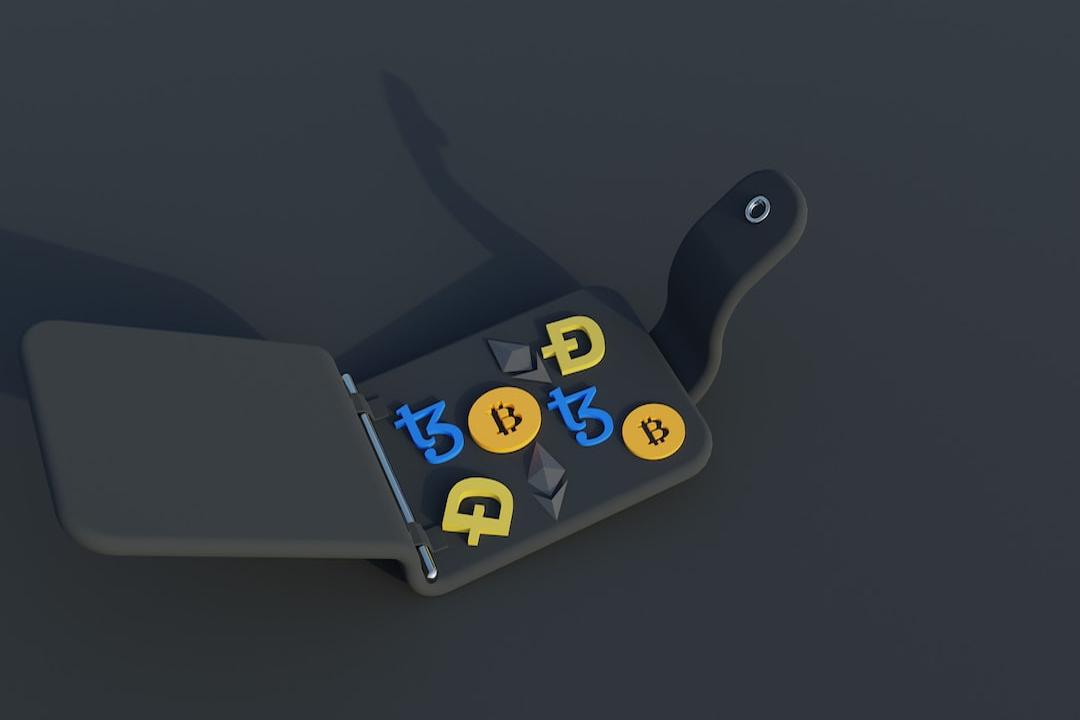Exploring the Concept of Bitcoin Stamps
Bitcoin Stamps, a groundbreaking innovation in the world of blockchain technology, has transformed Bitcoin from a digital currency into a digital platform. This article delves into the intricacies of Bitcoin Stamps, its protocols, and its unique characteristics, comparing it to similar technologies like Bitcoin Ordinals.
Understanding Bitcoin Stamps
Bitcoin Stamps revolutionize the integration of digital artwork into the crypto network by creating a lasting, public, and accessible database. These stamps are based on patents and operate using data encoding standard unspent transactions. Stampinfo, the next layer of this concept, identifies the methodologies and artists through a linkage timetable. A stamp is considered valid when the first transaction’s message contains a valid STAMP: base64.
Bitcoin Stamps Protocols
Bitcoin Stamps rely on two primary protocols: SRC-20 and SRC-721.
SRC-20 is a standard of the Counterparty protocol that enables the embedding of arbitrary data, including images and artwork, into standard spendable data transactions. Unlike Bitcoin Ordinals, which separate data into a distinct section, SRC-20 integrates data directly into transaction outputs.
SRC-721 is an innovative protocol that allows for the fast creation of non-fungible tokens within the Bitcoin Stamps theory. It divides an image into optimized layers, utilizing indexed color palettes. These layers are then combined to create high-quality NFT stickers at minimal cost. Both protocols enable the inclusion of digital artwork and assets within the Bitcoin network.
Bitcoin Stamps vs. Bitcoin Ordinals
Data Size and Pruning:
Bitcoin Ordinals store data in a separate block section, making it resistant to deletion. On the other hand, Bitcoin Stamps embed data directly into UTXOs, making it more susceptible to deletion operations.
Data Immutability and Integrity:
Bitcoin Stamps offer higher resistance to data storage corruption compared to Ordinals. The latter is more vulnerable to distortion by a single malicious agent. Additionally, Bitcoin Stamps allow for variable image embedding, affecting the cost and transaction size.
Signature Type:
Ordinals use computer or wallet addresses for signatures, while Bitcoin Stamps can receive signatures fulfilled by a multi-signature framework. The use of multi-signature structures enhances data resistance in multi-sign storage.
Unique Characteristics and Applications of Bitcoin Stamps
Bitcoin Stamps possess unique characteristics and applications that distinguish them from other inscription technologies:
Immutability and Security:
Bitcoin Stamps leverage the inherent security features of the Bitcoin blockchain, ensuring that digital artwork remains unaltered and tamper-proof. Multi-signature transactions enhance data security and accuracy.
Accessibility and Ownership:
Bitcoin Stamps democratize digital art ownership and access through non-fungible tokens. By assigning unique identifiers and adhering to validation requirements, Bitcoin Stamps simplify the demonstration of ownership, fostering confidence and encouraging transactions.
Interoperability and Compatibility:
Bitcoin Stamps seamlessly integrate with existing blockchain protocols and ecosystems, thanks to SRC-20 and SRC-721. This compatibility allows for easy integration with decentralized applications, maximizing the use cases for artists.
Challenges and Limitations of SRC20 Tokens
Scalability and Network Congestion:
The scalability of blockchain networks poses a challenge for SRC20 tokens, as increasing transaction volumes can lead to network congestion and delays. Implementing layer 2 scaling solutions or utilizing blockchain platforms with higher throughput can address this issue.
Security Vulnerabilities and Auditing Concerns:
Maintaining security is crucial for maintaining trust within the SRC20 token ecosystem. Smart contracts and token protocols may have vulnerabilities that bad actors could exploit. Regular security audits and monitoring are necessary to address these concerns.
Regulatory Challenges and Compliance Issues:
Complying with evolving regulations, such as KYC and AML, presents significant challenges for SRC20 tokens. Developers must consult legal experts to ensure compliance and participate in regulatory discussions to establish transparent and acceptable regulations for the development and adoption of SRC20 tokens.
Conclusion
Bitcoin Stamps introduce a new paradigm for digital art and blockchain technology, enabling creators and collectors to operate within a secure, immutable, and decentralized environment. By embedding digital art within the Bitcoin blockchain using proprietary protocols like SRC-20 and SRC-721, Bitcoin Stamps redefine the digital art sector, fostering innovation, creativity, and inclusivity.

